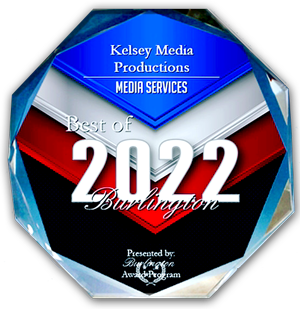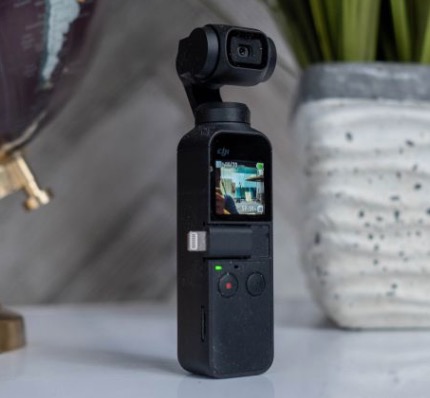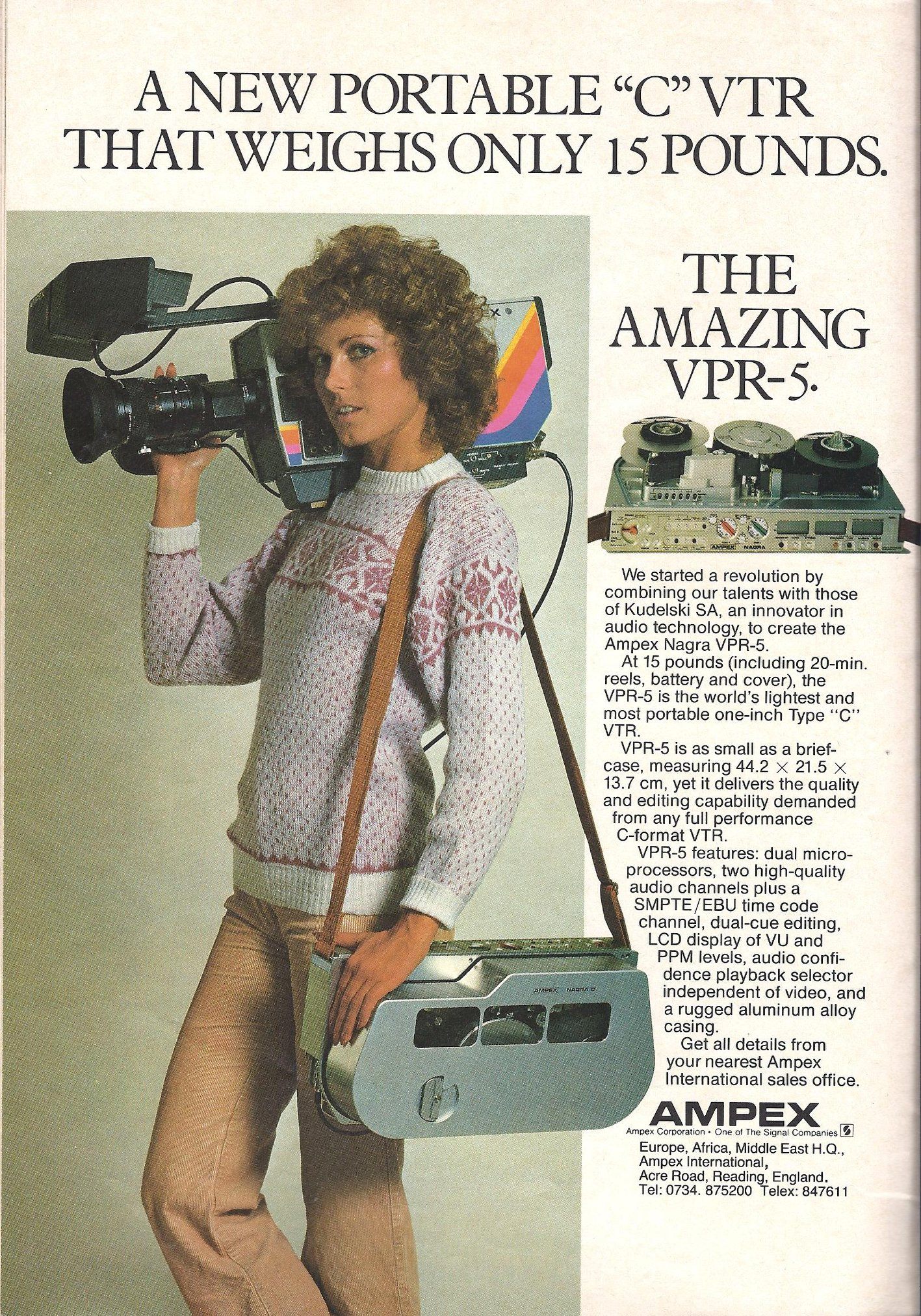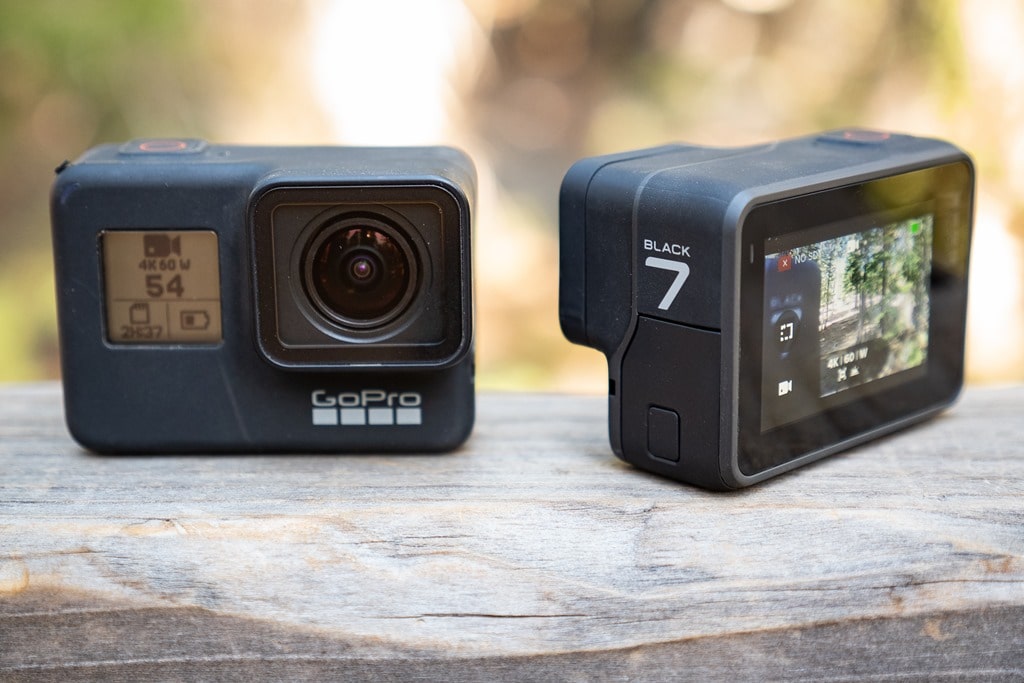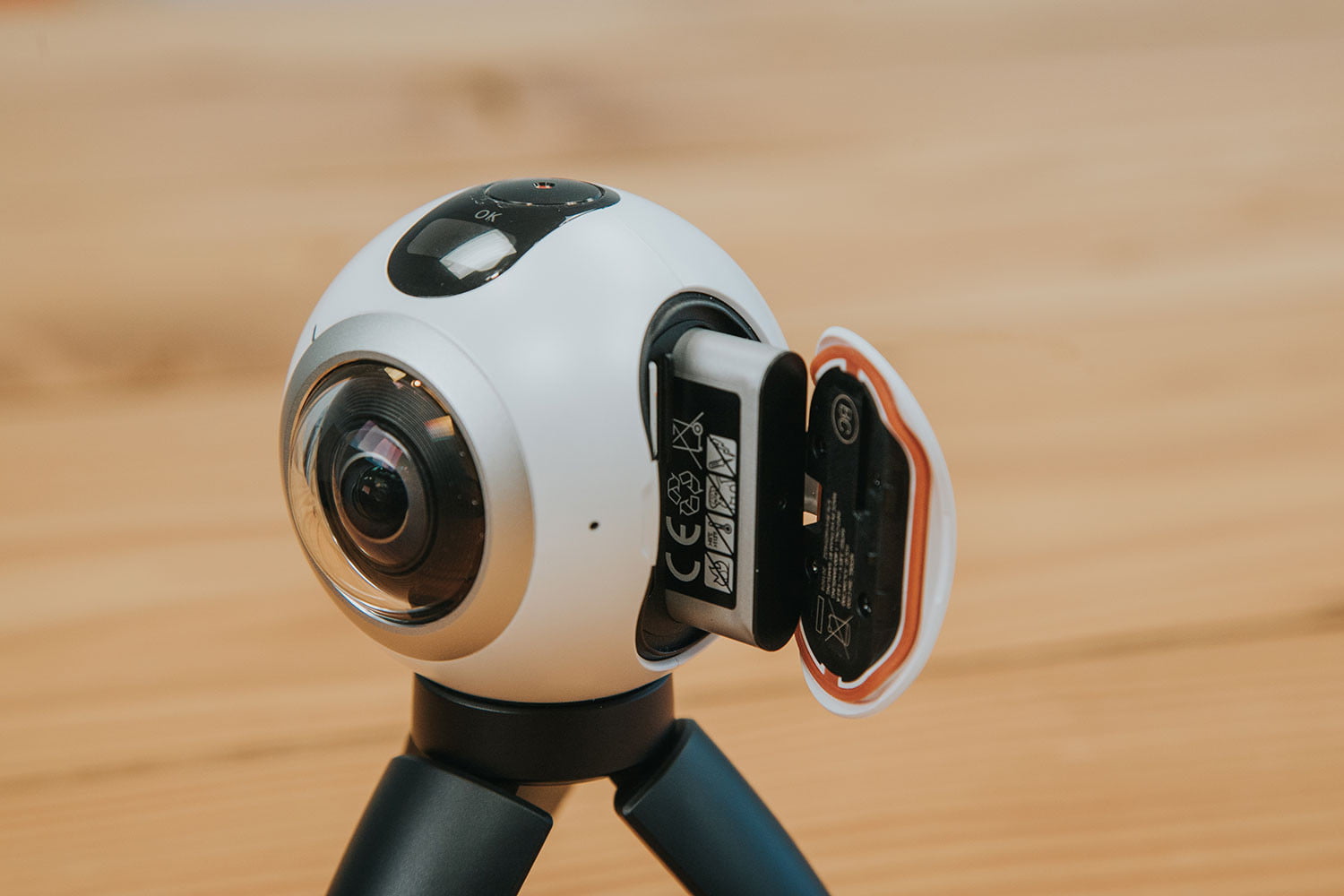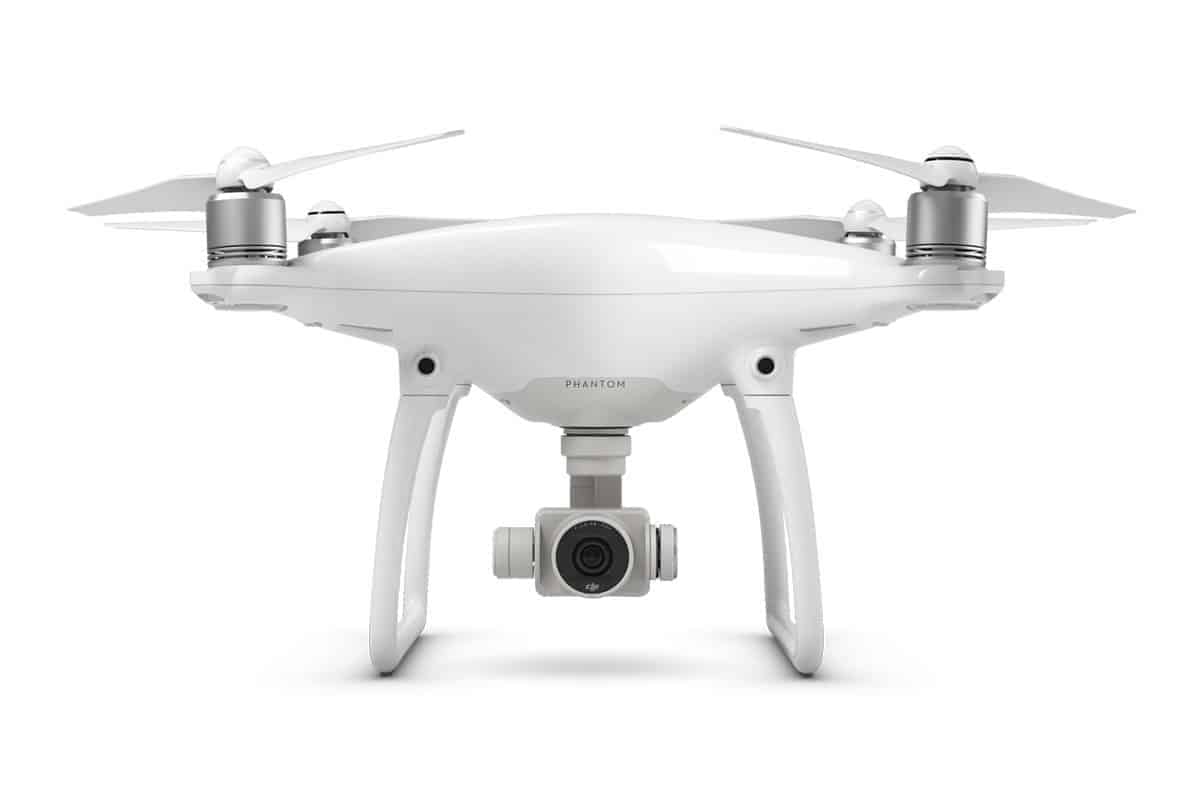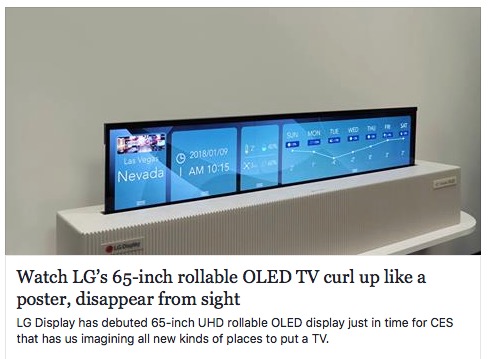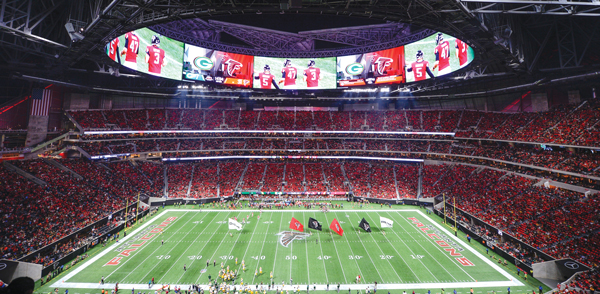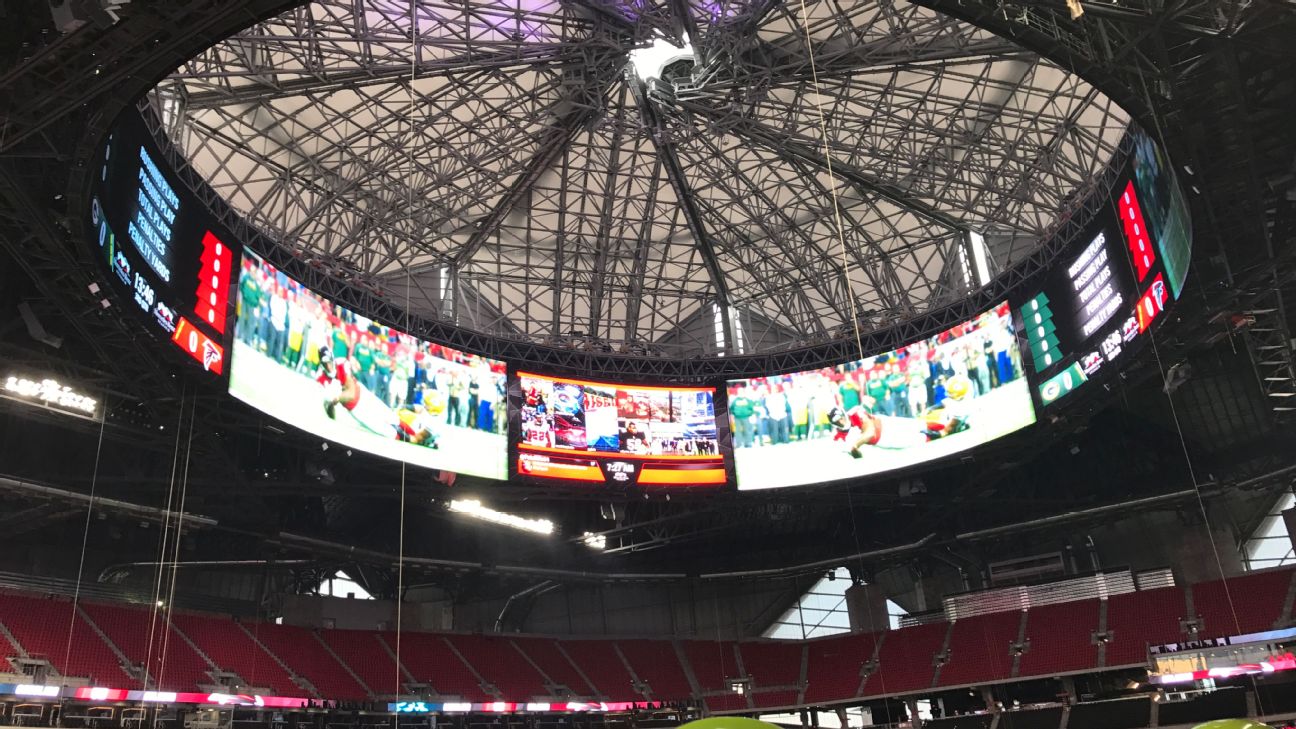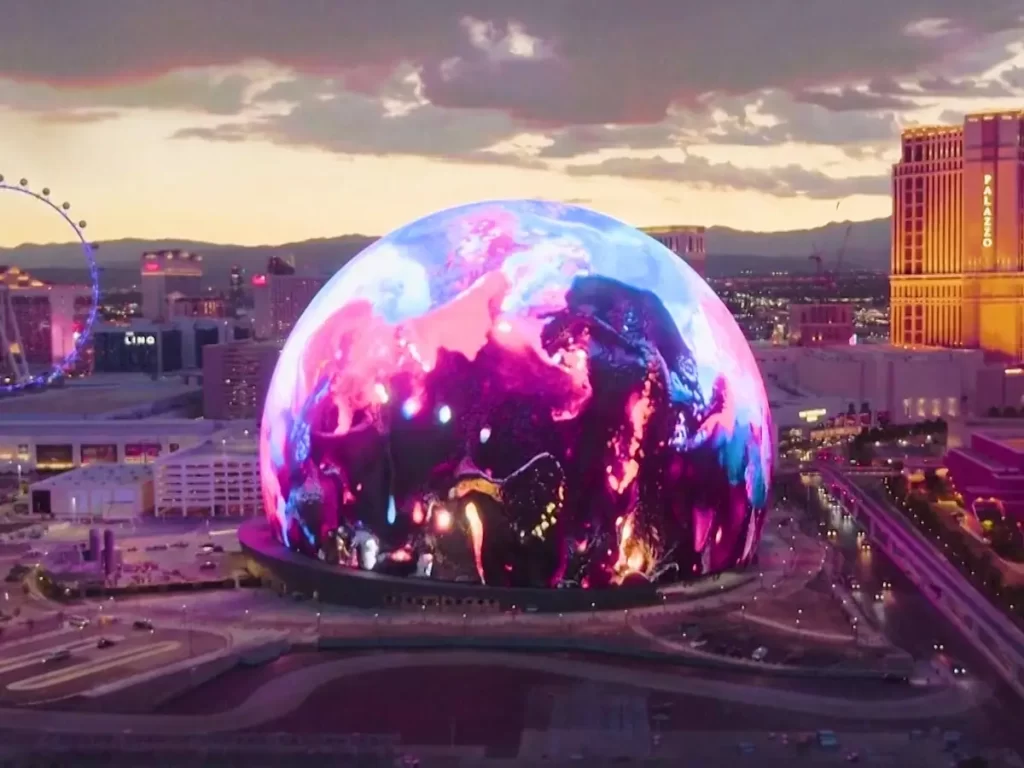
(CNN) — It squats on the Las Vegas skyline like an enormous spaceship, black and mysterious – until night falls, when it will glow like the Earth from space.
The MSG Sphere won’t open to the public for almost three more months, when U2 christens the entertainment venue with a series of concerts. But anticipation is growing.
Cue the superlatives. At 366 feet tall and 516 feet wide, it’s being billed as the world’s largest spherical structure. Its bowl-shaped theater reportedly contains the world’s highest-resolution wraparound LED screen. And its exterior is fitted with 1.2 million hockey puck-sized LEDs that can be programmed to flash dynamic imagery on a massive scale – again, reportedly the world’s largest. It was fully illuminated for the first time Tuesday night to celebrate the Fourth of July.
It’s not easy to move the needle in a city that boasts the Bellagio’s dancing fountains, a half-scale replica of the Eiffel Tower, the second-tallest observation tower in the Western Hemisphere and a beam of light that can be seen for hundreds of miles.
But Sphere is inspiring rapturous reactions from those who have seen it.
“There’s nothing like it. It’s light years ahead of everything that’s out there,” says U2’s The Edge while touring the venue in a recent Apple Music video.
“It’s absolutely stunning to look up and see what’s in front of you,” says Rich Claffey, Sphere’s chief operations officer. “I’ve been in the entertainment business for almost 40 years. I’ve never seen anything like this, and I’m not exaggerating. It is off the charts.”
The Sphere’s exterior will be illuminated every day and night with animations and other imagery, sometimes tied to the season. For example, it could transform into a giant pumpkin at Halloween and a snow globe at Christmas.
Some people are already joking on Twitter that its enormous, swirling visuals will cause traffic accidents.
The venue will host music, film events and some sports
Sphere was designed by Populous, the global architecture firm behind many of the world’s top sports arenas. Construction costs, inflated by the pandemic, have climbed to $2.3 billion – more than Sphere’s glitziest Vegas neighbors, including the Bellagio and Allegiant Stadium.
The globe seats almost 18,000 people, sits one long block east of the fabled Las Vegas Strip and will be connected by a pedestrian walkway to the Venetian resort complex.
It’s scheduled to open September 29 with “U2:UV Achtung Baby Live at Sphere,” a series of 25 concerts built around the Irish band’s landmark 1991 album “Achtung Baby” and running through mid-December. Ticket prices start at $140.
The venue also will host exclusive screenings of “Postcard From Earth,” a film by Darren Aronofsky that promises to take full advantage of Sphere’s vast screen by offering viewers an eye-popping tour of the planet.
“Most music venues are sports venues. They’re built for sports – they’re not built for music. They’re not built for art,” says U2’s Bono in the Apple Music interview.
“This building was built for immersive experiences in cinema and performance … you can’t come here and see an ice hockey game.”
In November the Formula 1 Las Vegas Grand Prix’s street circuit will pass through the Sphere property, and the arena eventually hopes to host boxing, mixed martial arts and other events as well.
But Sphere’s main draw may be as a venue for live music – especially the marquee residencies for which Vegas is known.
The acts onstage will be dwarfed by the towering 16K LED screen, which wraps over and around much of the audience and can augment the concert experience with trippy animations or close-ups of the performers.
“The screen goes from ground (level) to 250 feet high, all the way around…” says Claffey, the Sphere operations officer. “It keeps you fully immersed when you’re sitting in that bowl. I used to love IMAX in New York City, but this will blow that away.”
Sphere’s producers promise next-level audio as well. Claffey says that more than 160,000 speakers spread around the bowl will deliver the same pristine sound to every seat, whether someone is in the top row or down on the floor.
The venue also is equipped with haptic seats that can vibrate to match whatever is happening onscreen – an earthquake, for example – and 4D machines that can create wind, temperature and even scent effects.
“The way I describe it to my friends and family is, it’s the entertainment venue of the future,” Claffey says.
If it all sounds a little over the top, well – this is Vegas.
It remains to be seen whether Sphere can deliver on its extravagant promises. But if it works, the live-music experience may never be quite the same.

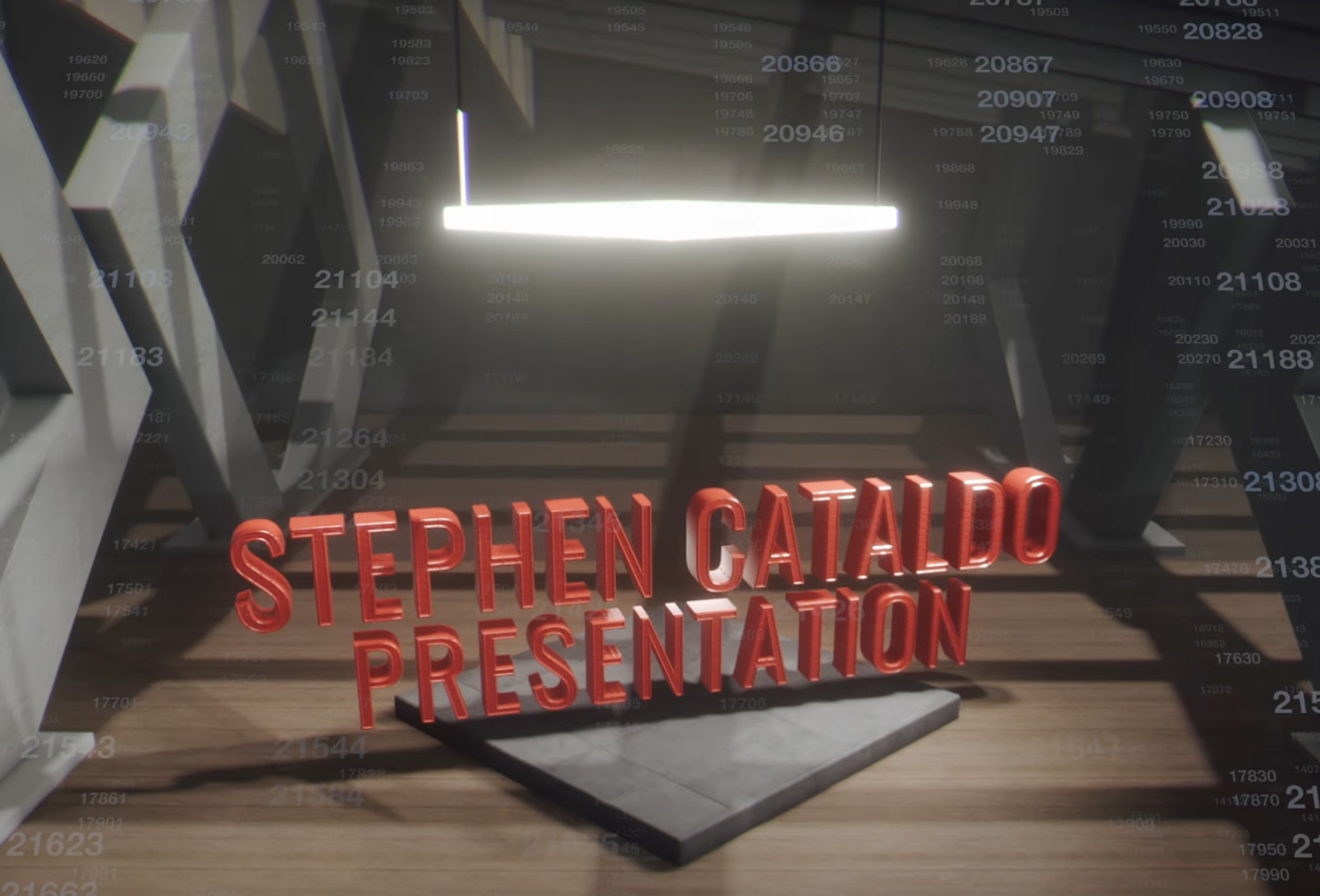
 Another type of visual service that we do goes all of the way back to those ancient types of graphic projects that we saw with things like
Another type of visual service that we do goes all of the way back to those ancient types of graphic projects that we saw with things like 